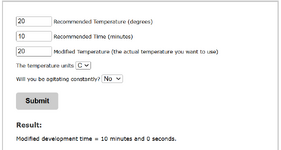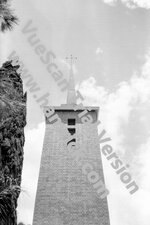Charlotte Ortelli
Active Member
Living in Queensland, Australia, the water that comes out of the tap is usually above 27 degrees.
I'm long overdue on doing my own homeprocessing properly, I was wondering if anyone in hot climates had good techniques for processing and maintaining temperatures?
Indoor temps can often be hot, too.
None of the rooms with AC would be appropriate for processing film, so ambient temperature would be an issue, most of the year this is at a minimum of 26+ degrees. Plastic tanks transfer less heat, so I'm guessing that is the way to go?
I'm also guessing ice is probably the standard method of keeping the developer at 20 degrees.
I'm long overdue on doing my own homeprocessing properly, I was wondering if anyone in hot climates had good techniques for processing and maintaining temperatures?
Indoor temps can often be hot, too.
None of the rooms with AC would be appropriate for processing film, so ambient temperature would be an issue, most of the year this is at a minimum of 26+ degrees. Plastic tanks transfer less heat, so I'm guessing that is the way to go?
I'm also guessing ice is probably the standard method of keeping the developer at 20 degrees.



